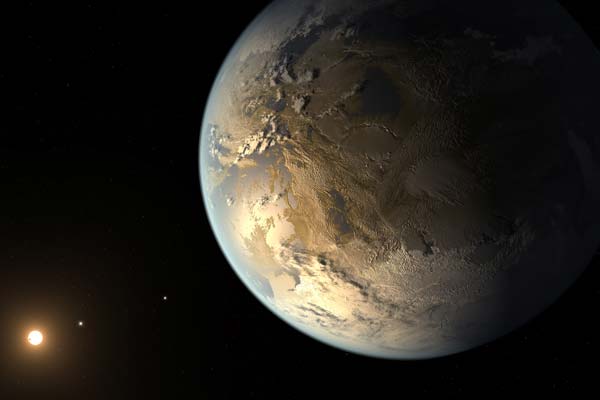
Habitable planet discovery: alumna leads follow-up project seeking new worlds
Published: April 17, 2014
It’s a discovery bigger than the world itself – literally. Astronomers reported evidence of the first potentially habitable Earth-sized planet, known as Kepler-186f, in a NASA study released April 17 and published in the journal, Science.
"The discovery of Kepler-186f is a significant step toward finding worlds like our planet Earth," said Paul Hertz, NASA's Astrophysics Division director at the agency's headquarters in Washington.
"Future NASA missions, like the Transiting Exoplanet Survey Satellite and the James Webb Space Telescope, will discover the nearest rocky exoplanets and determine their composition and atmospheric conditions, continuing humankind's quest to find truly Earth-like worlds."
At the centre of the follow-up to this discovery is astrophysicist Sara Seager, a MacArthur Fellow, professor at MIT, and alumna of the University of Toronto.
Seager’s work has been focused on the search for exoplanets and the search for extraterrestrial life. Her research group has been key in developing the Transitioning Exoplanet Survey Satellite (TESS), which will seek planets around nearby stars.
Seager told PBS that while we are unlikely to find out if the planet supports life, that news of Kepler-186f is still "a celebration of an announcement, kind of like when a baby is born."
The Globe and Mail said the TESS project and the James Webb Space Telescope, of which Canada is an international partner, are expected to advance the search for habitable worlds over the next decade.
U of T News spoke with Seager upon the announcement of her MacArthur Fellowship. (Read the story here)
“As a child I was always interested in astronomy. At age 10 I was on a camping trip with my father and we went outside really late one night when it was dark and I looked up at the sky and I had that, ‘Wow!’ I just couldn’t believe there were so many stars," she told U of T News. "And to this day I always carry that with me."



